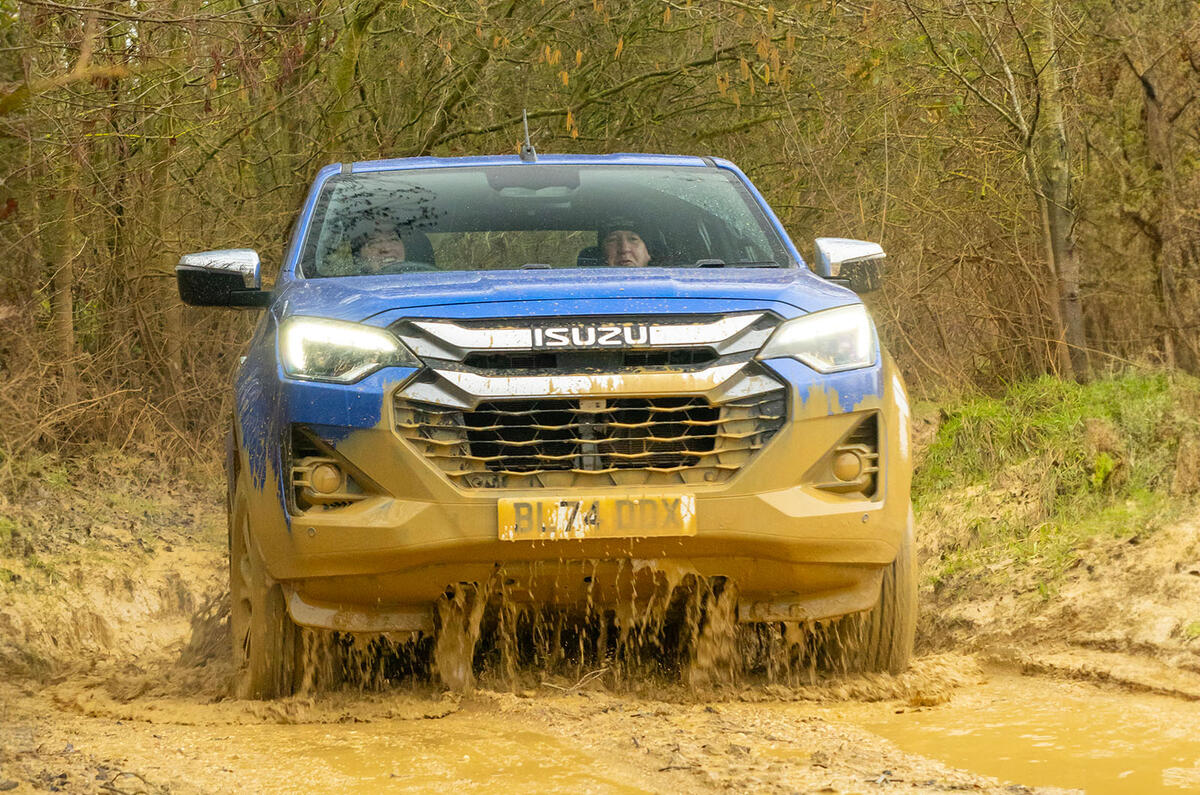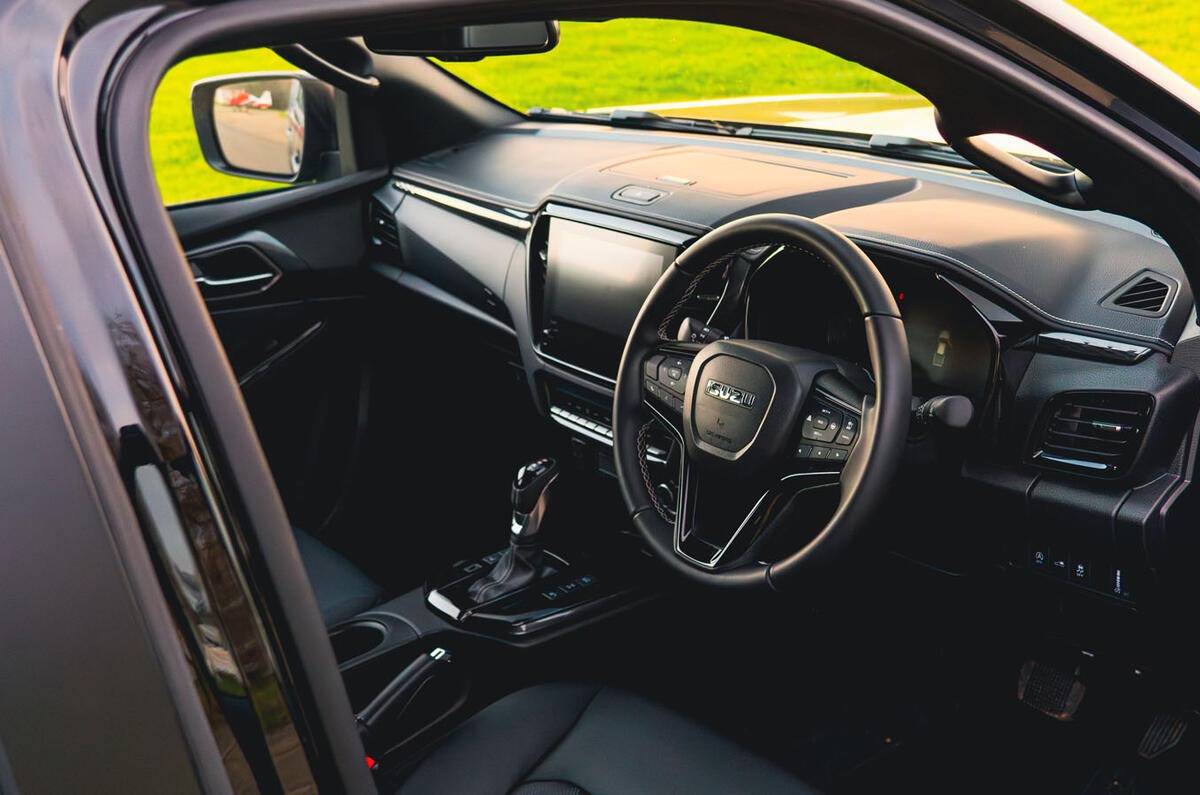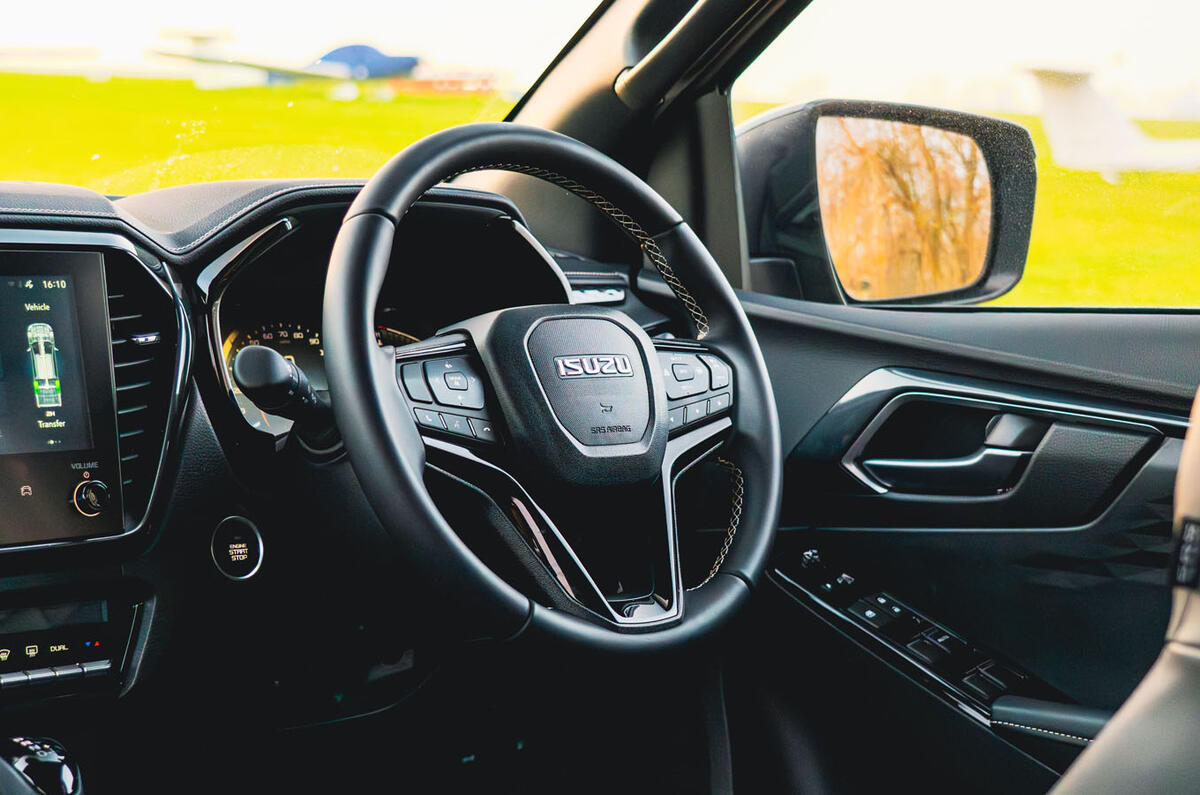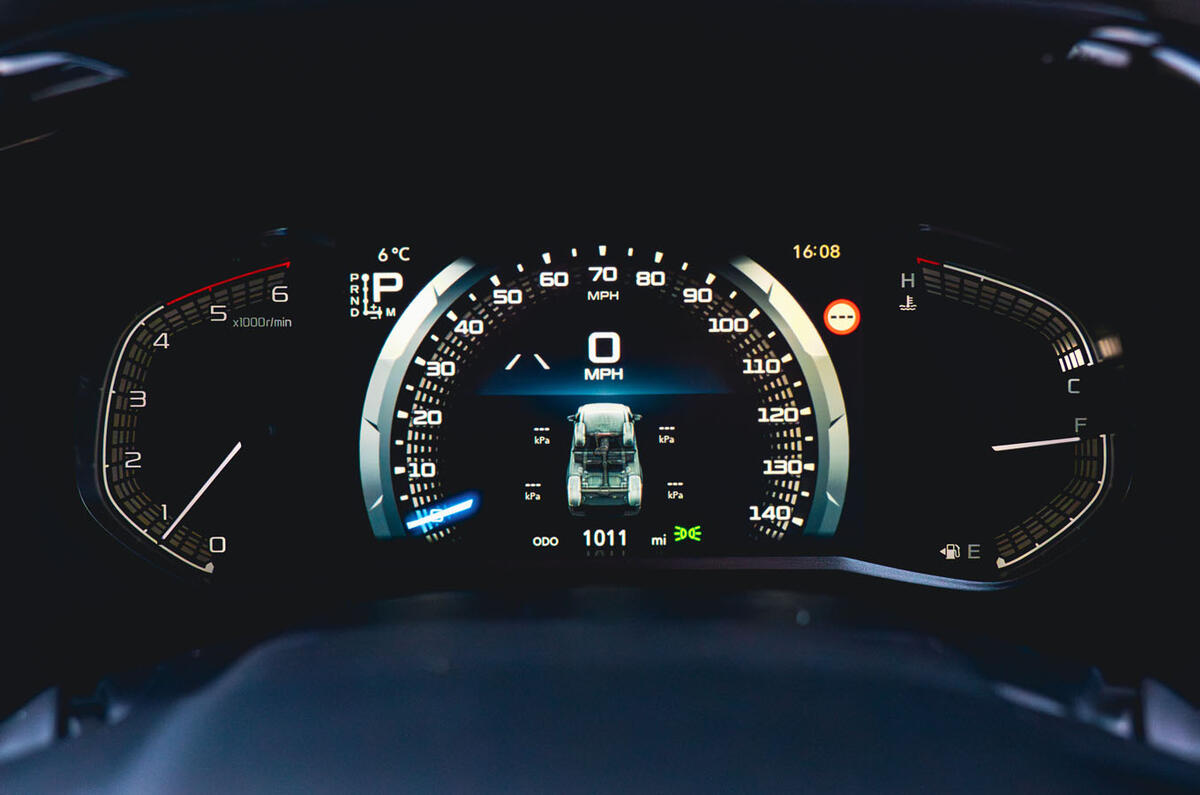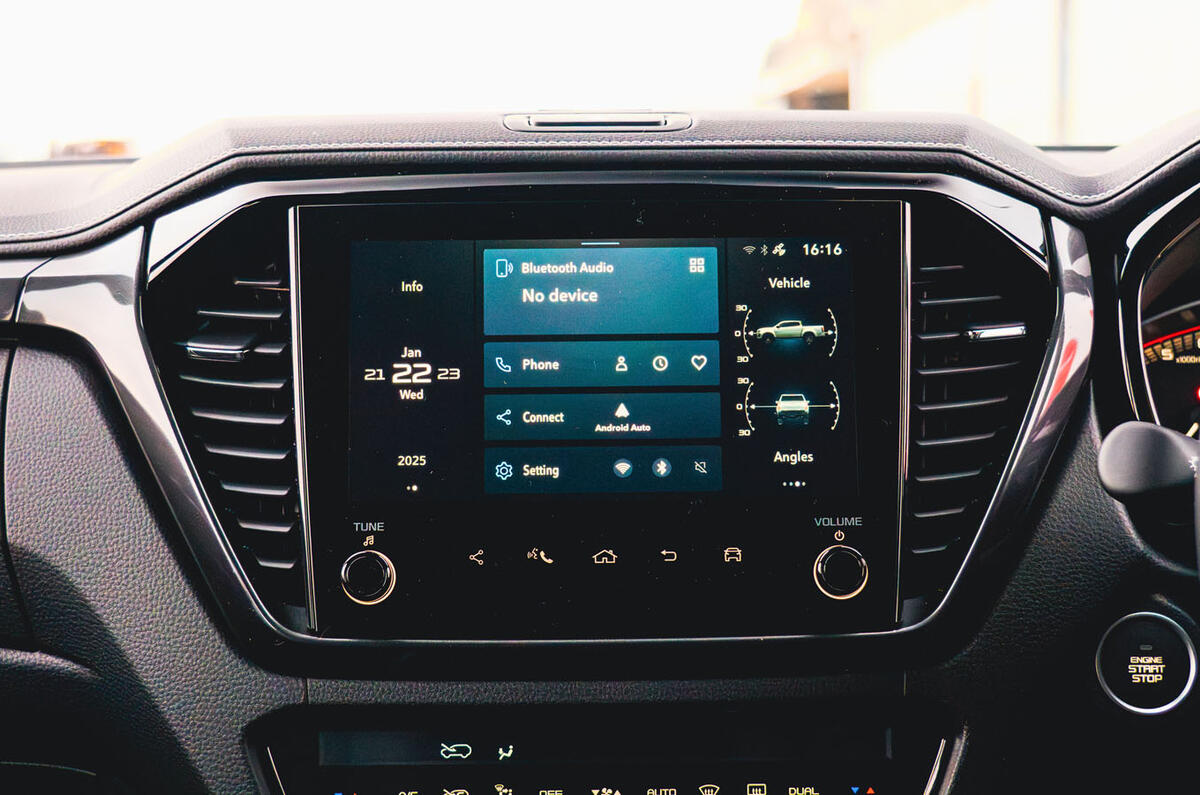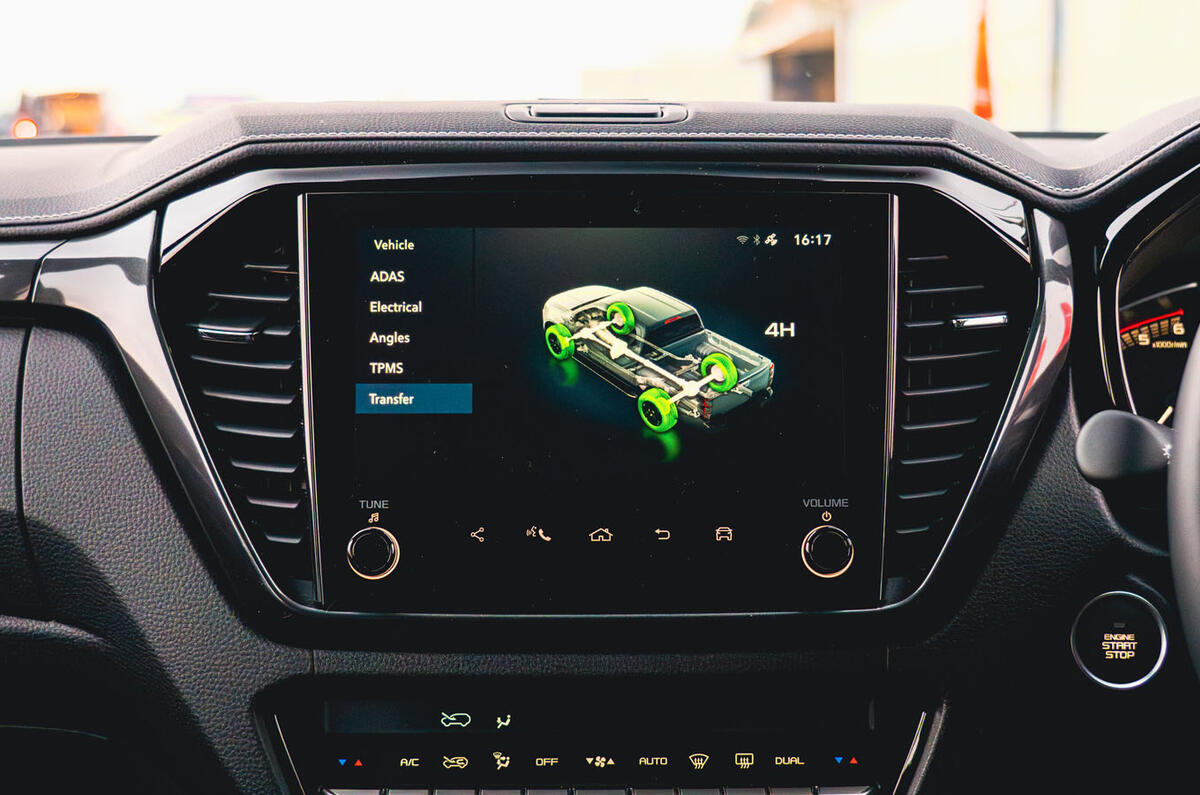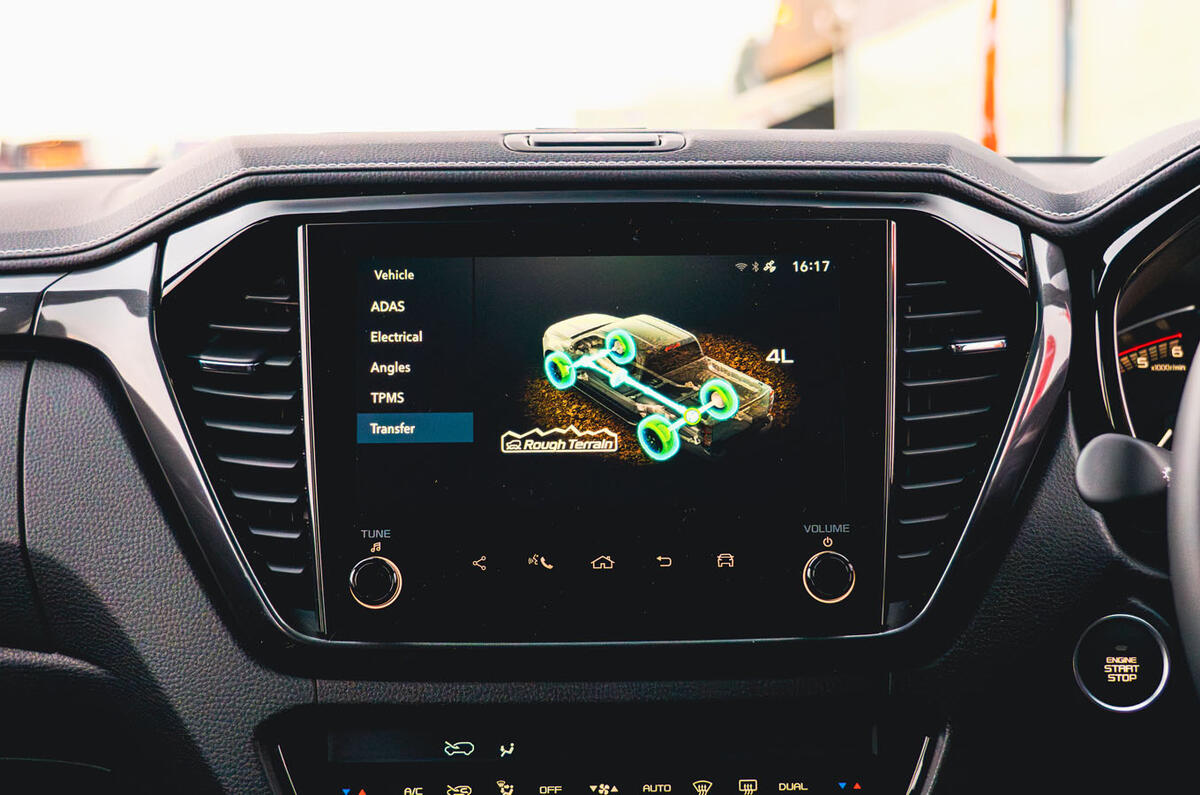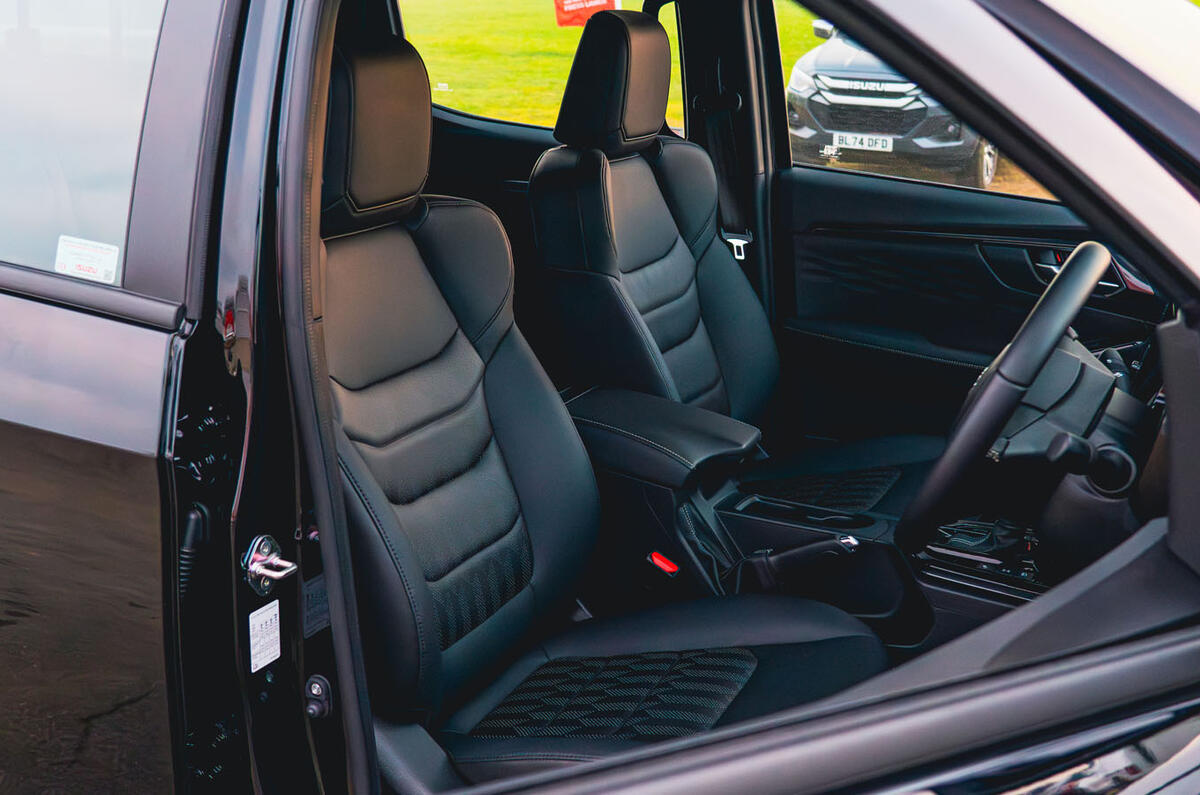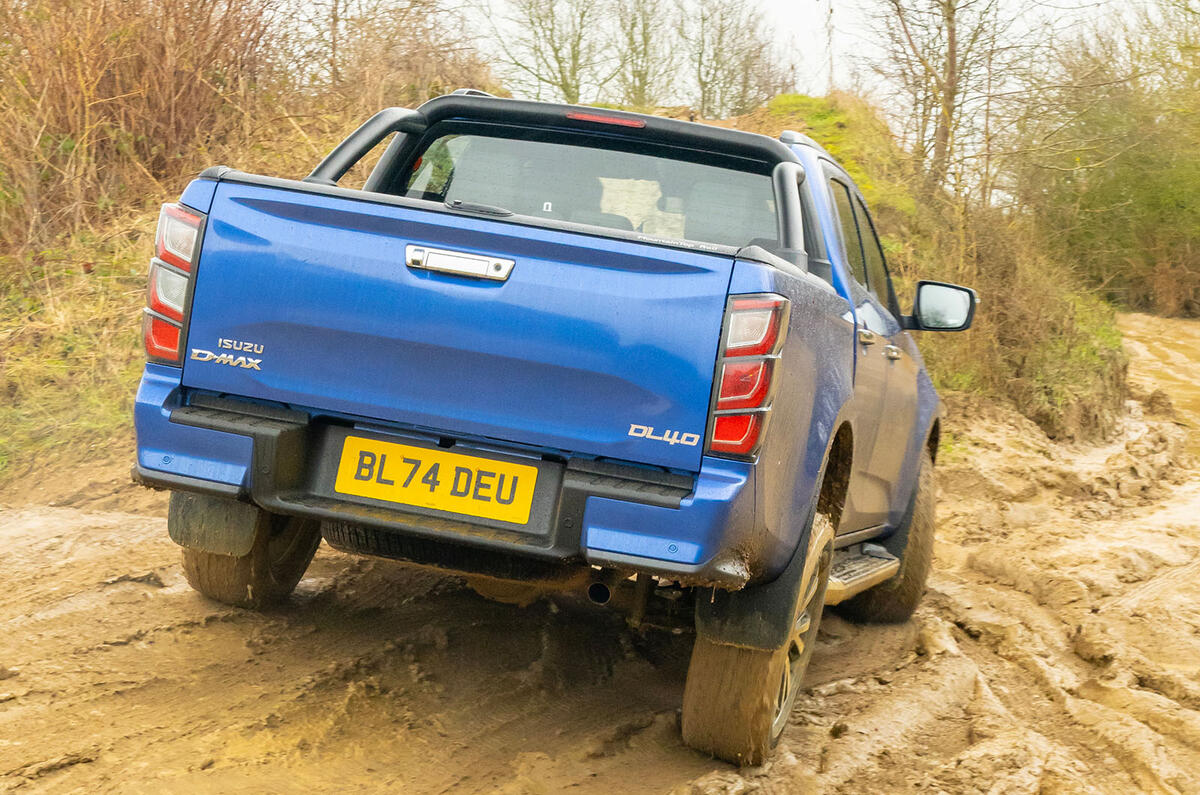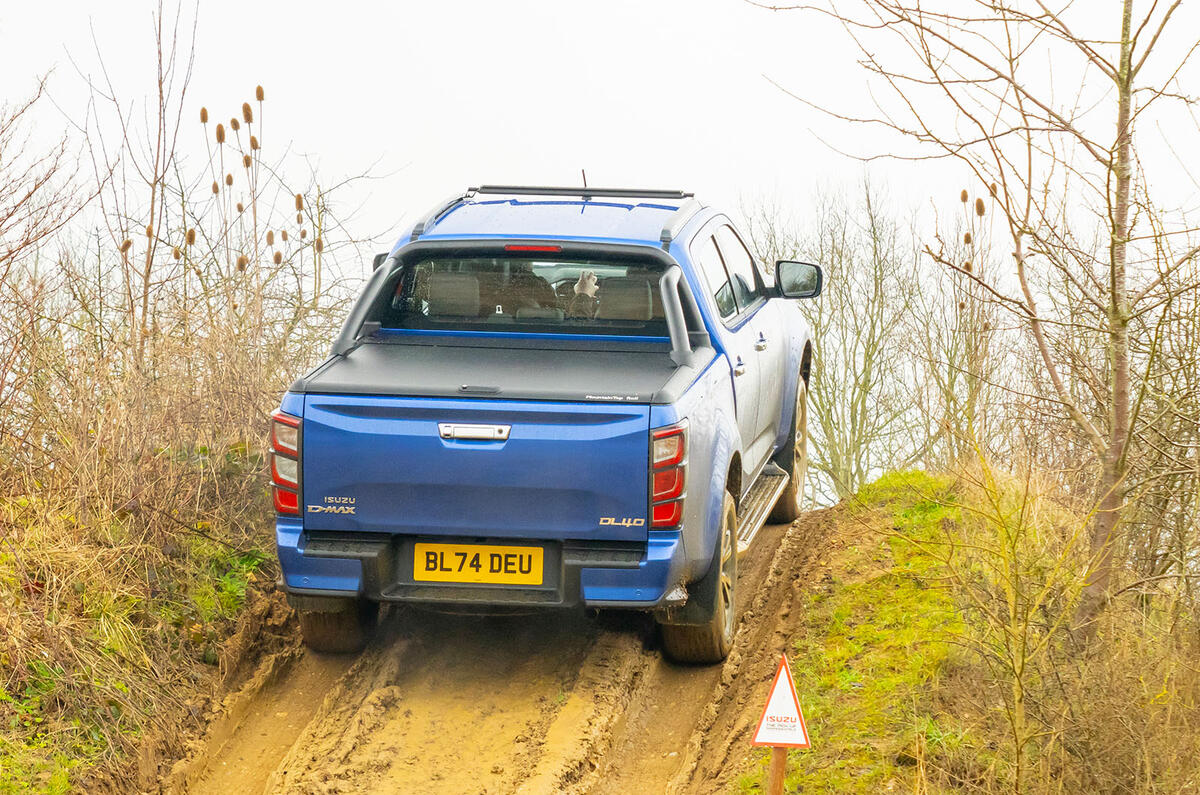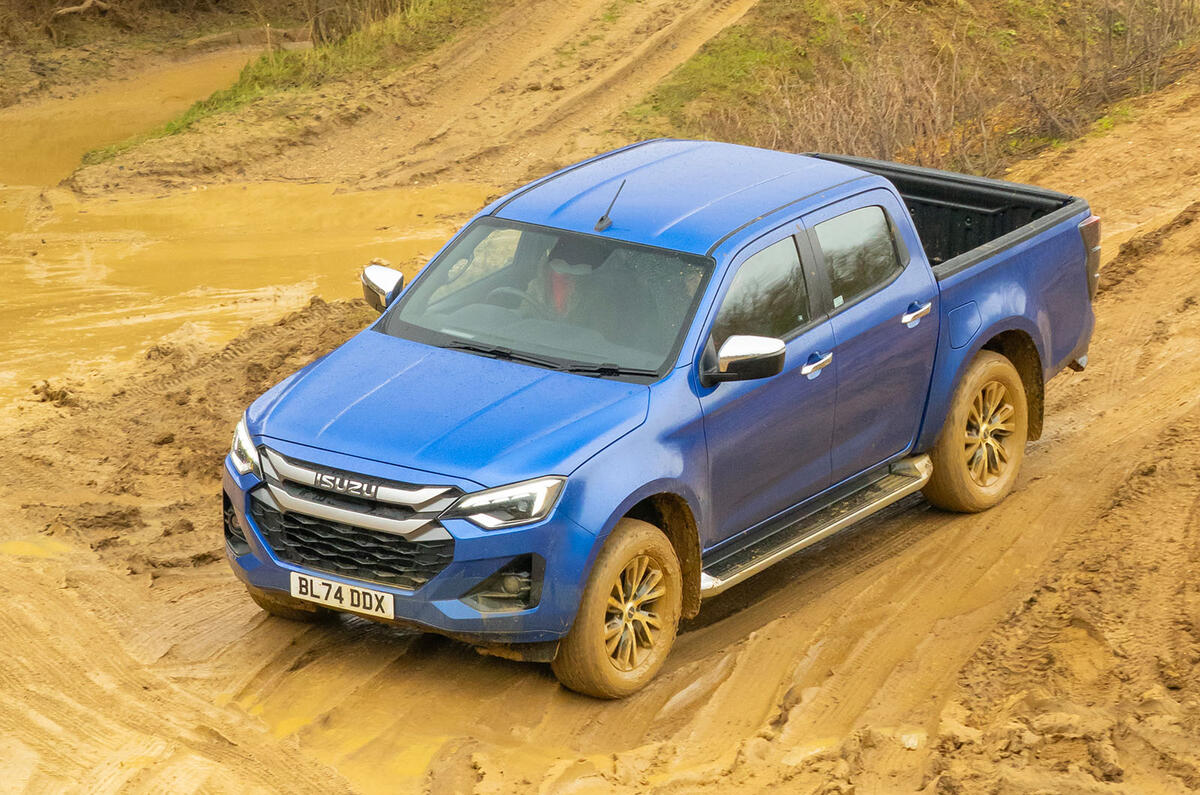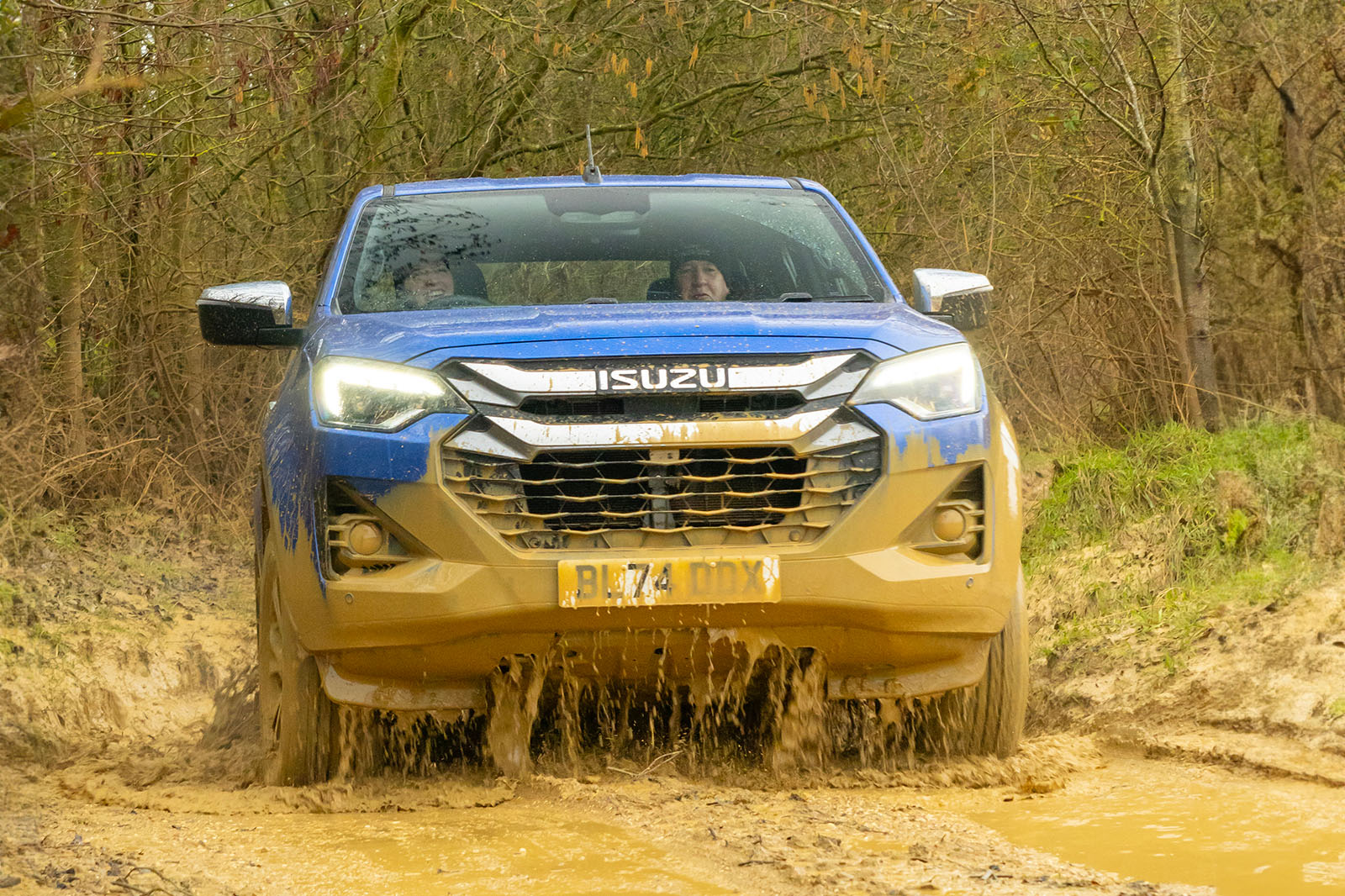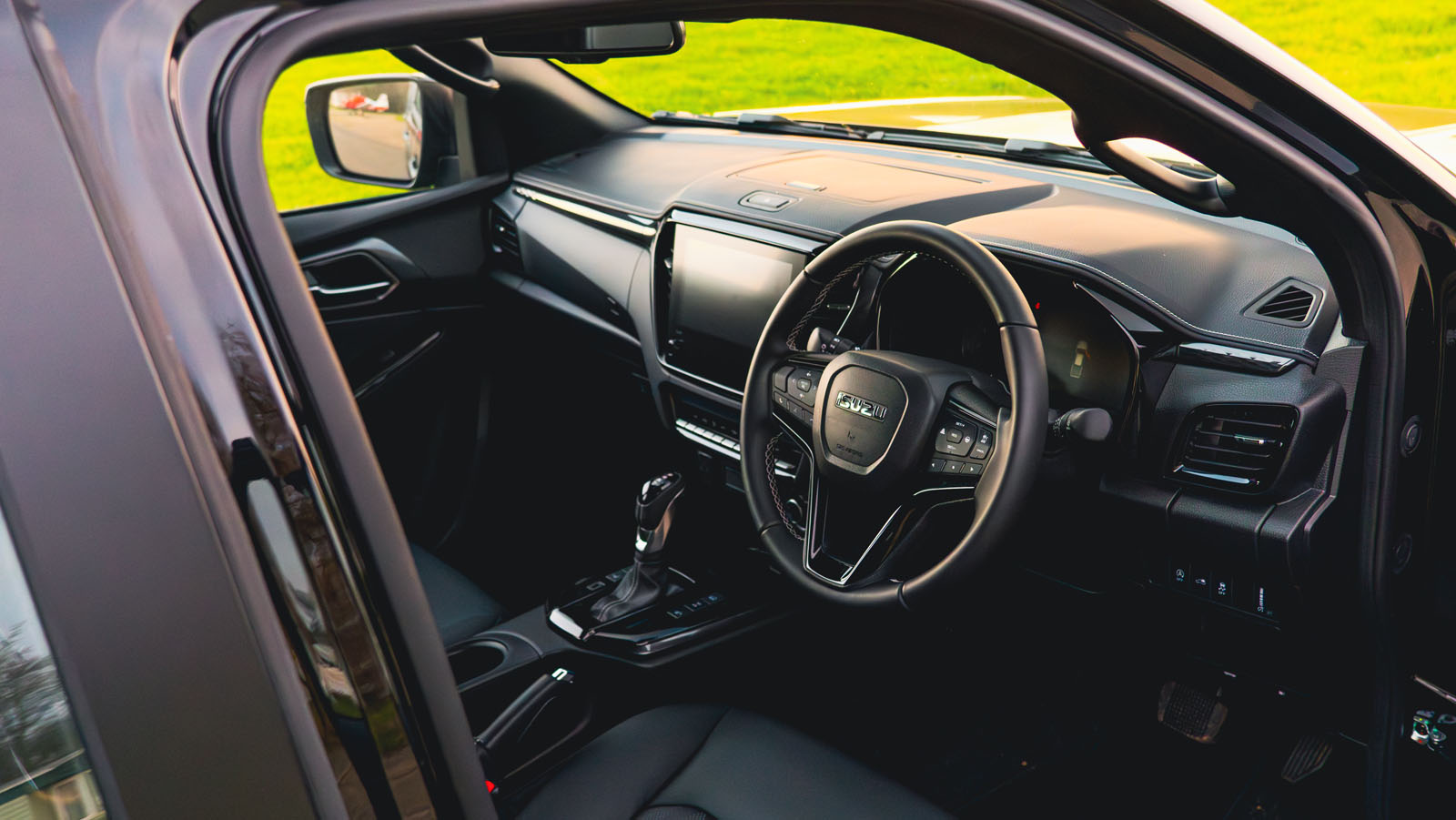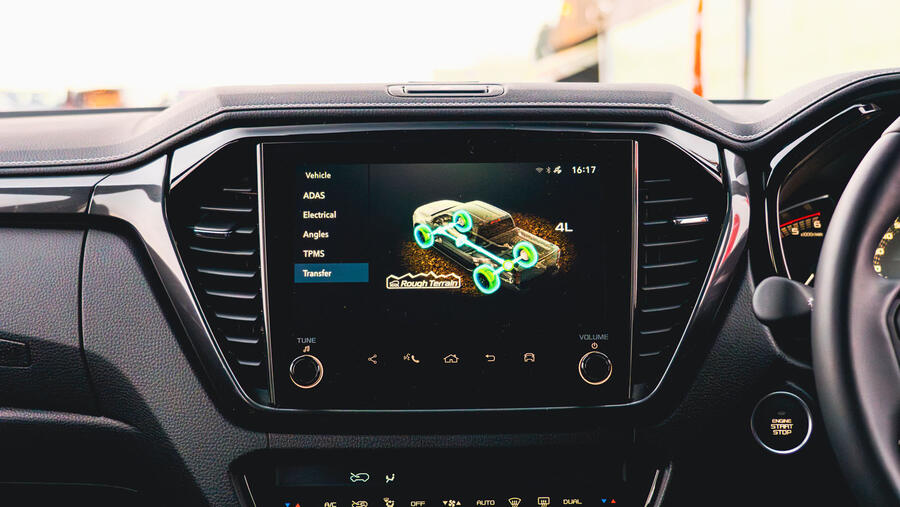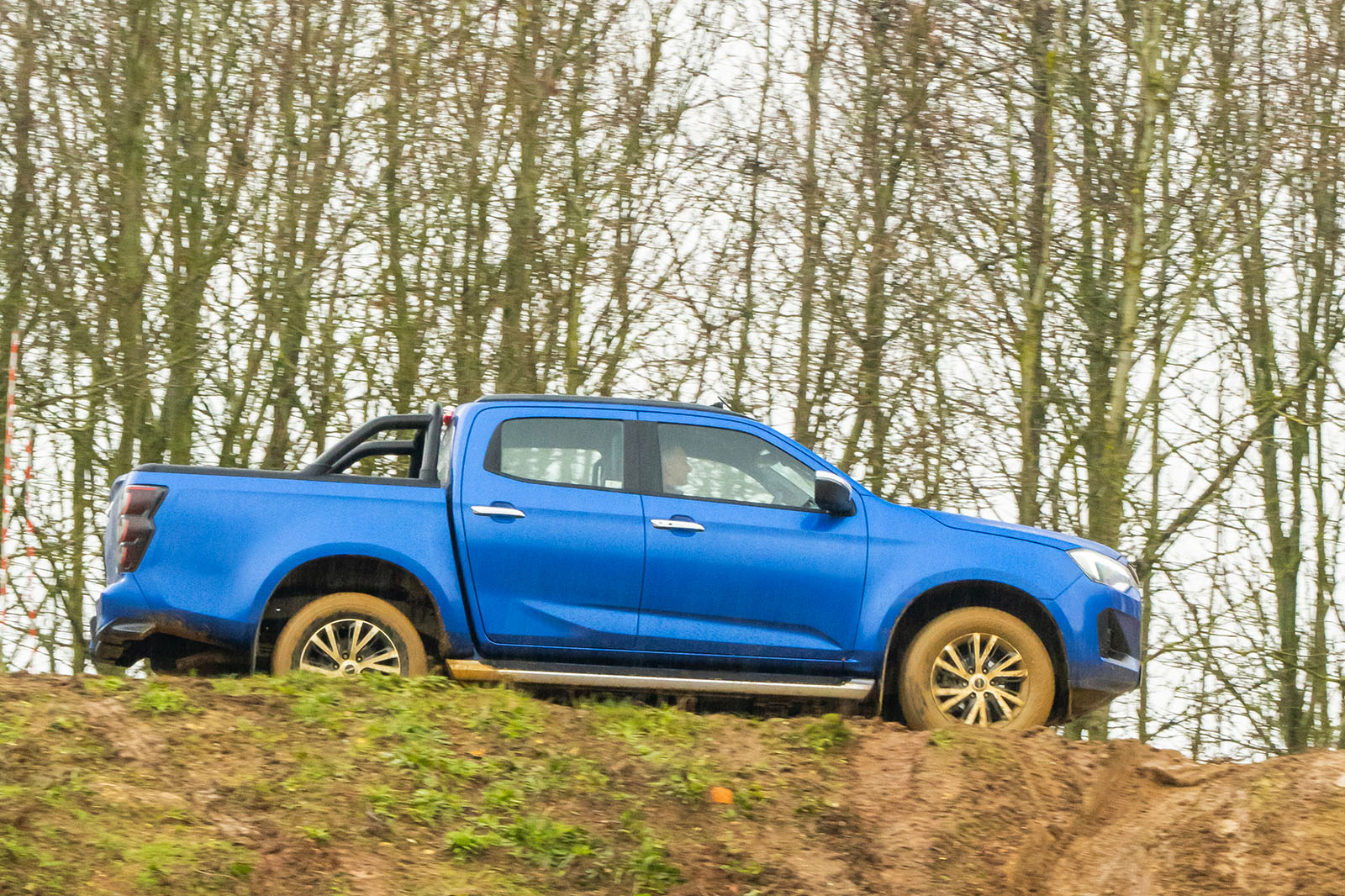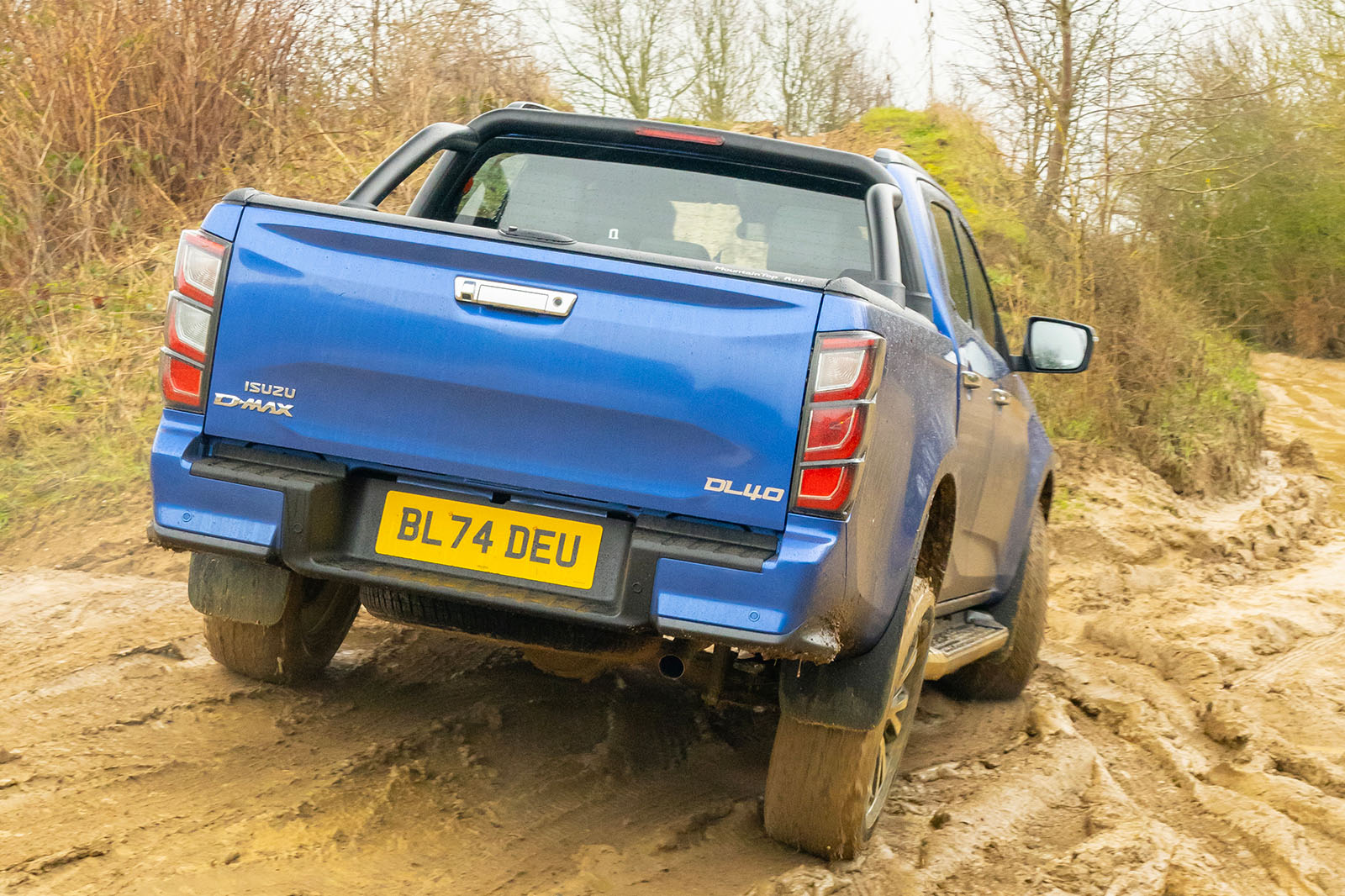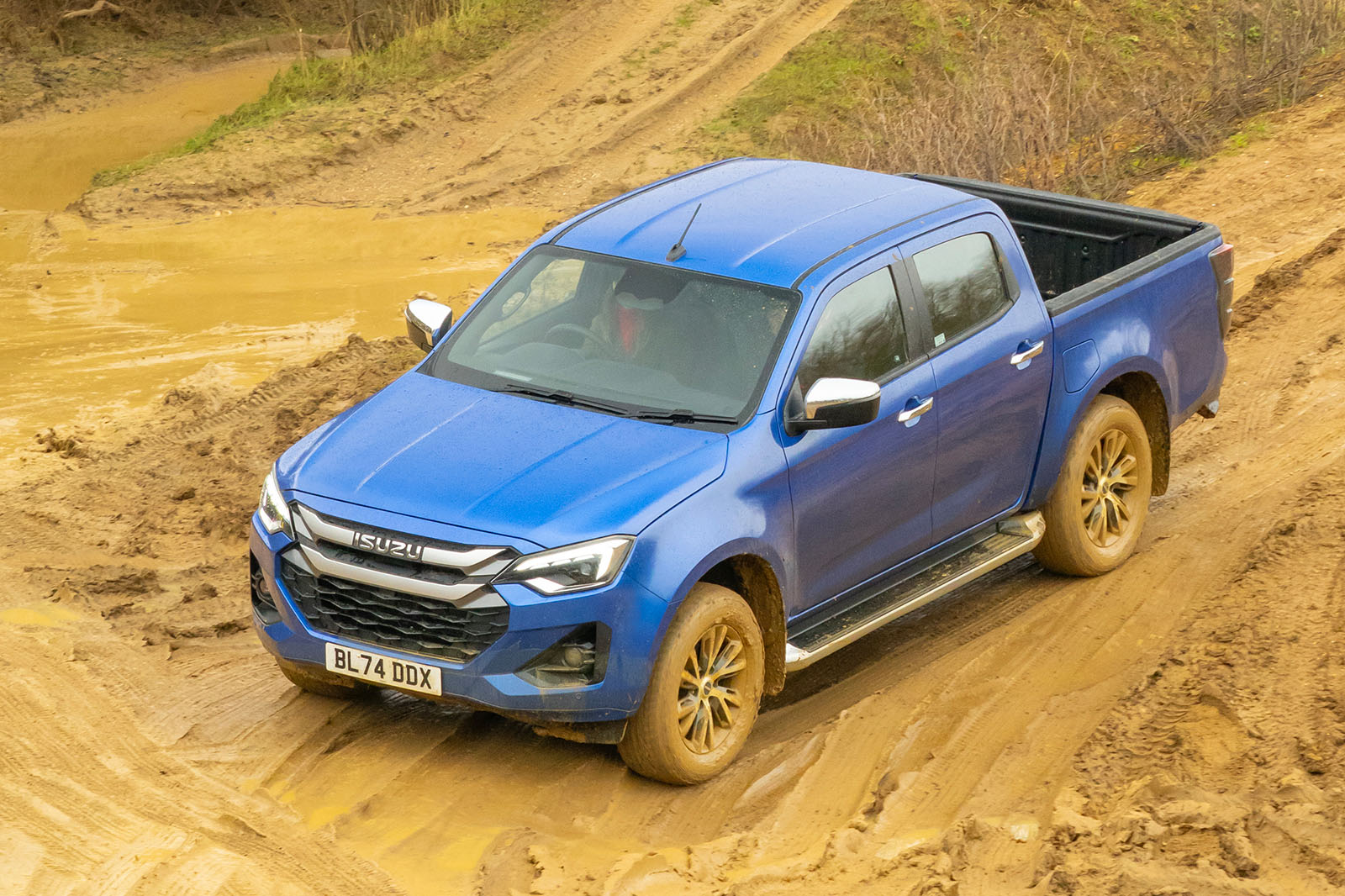You will have read about the decline of the UK pick-up truck market and lately about new benefit-in-kind tax rules set to hasten its demise further.
Well, it isn’t declining in all quarters. The self-proclaimed 'pick-up professionals' at Isuzu had their most successful year with the Isuzu D-Max in 2024, selling more than 6600 - more even than they managed during the 'lifestyle pick-up' boom of 2015.
The Japanese company now expects to be less exposed to the April 2025 exit of people who have been running a pick-up as a way of paying less BIK tax.
Most people who run a D-Max, Isuzu claims, do so because they genuinely need its capabilities: to carry 1200kg of bulky stuff around with them, to tow heavy trailers, to access remote places well off the road network.
The D-Max also sells on its well-established reliability, we’re told, and is backed up by a five-year/125,00-mile warranty and as many years of roadside breakdown assistance.
This isn’t the flashiest-looking flatbed on the market, nor the most powerful or desirable, but, they say, it’s the one that won’t let you down.
The Isuzu D-Max range at a glance
Being Isuzu's sole passenger vehicle offering in the UK, the D-Max range is fairly extensive.



